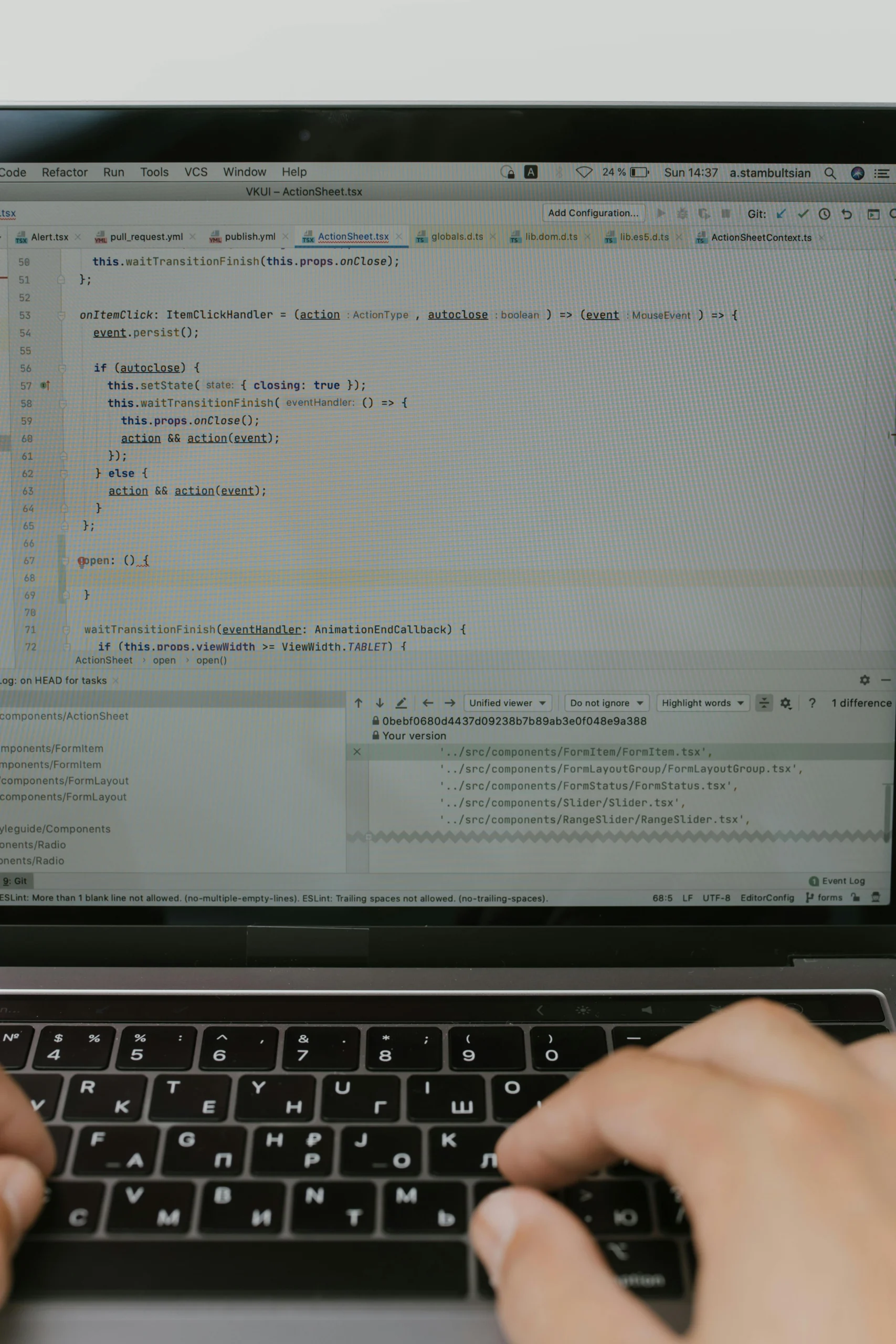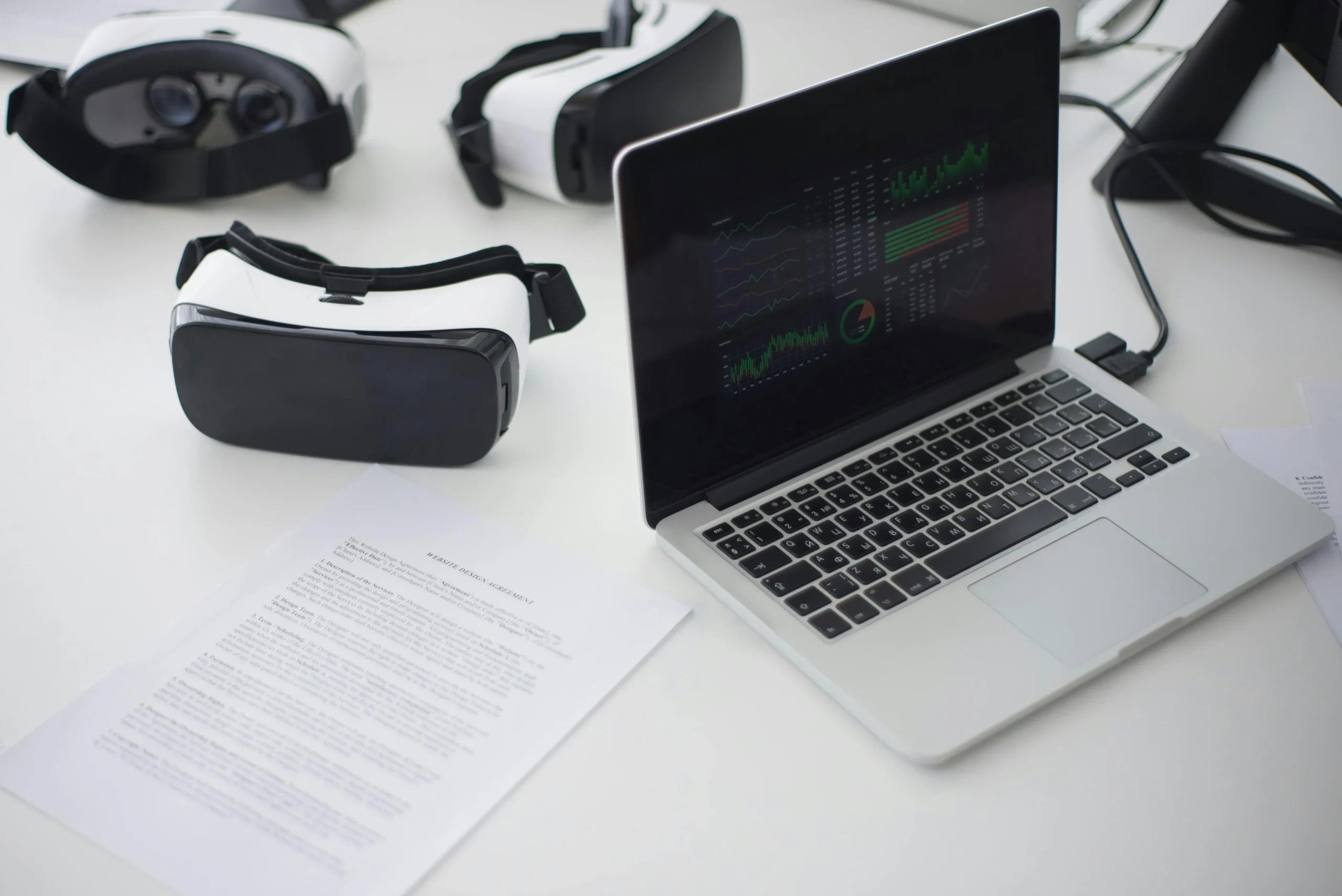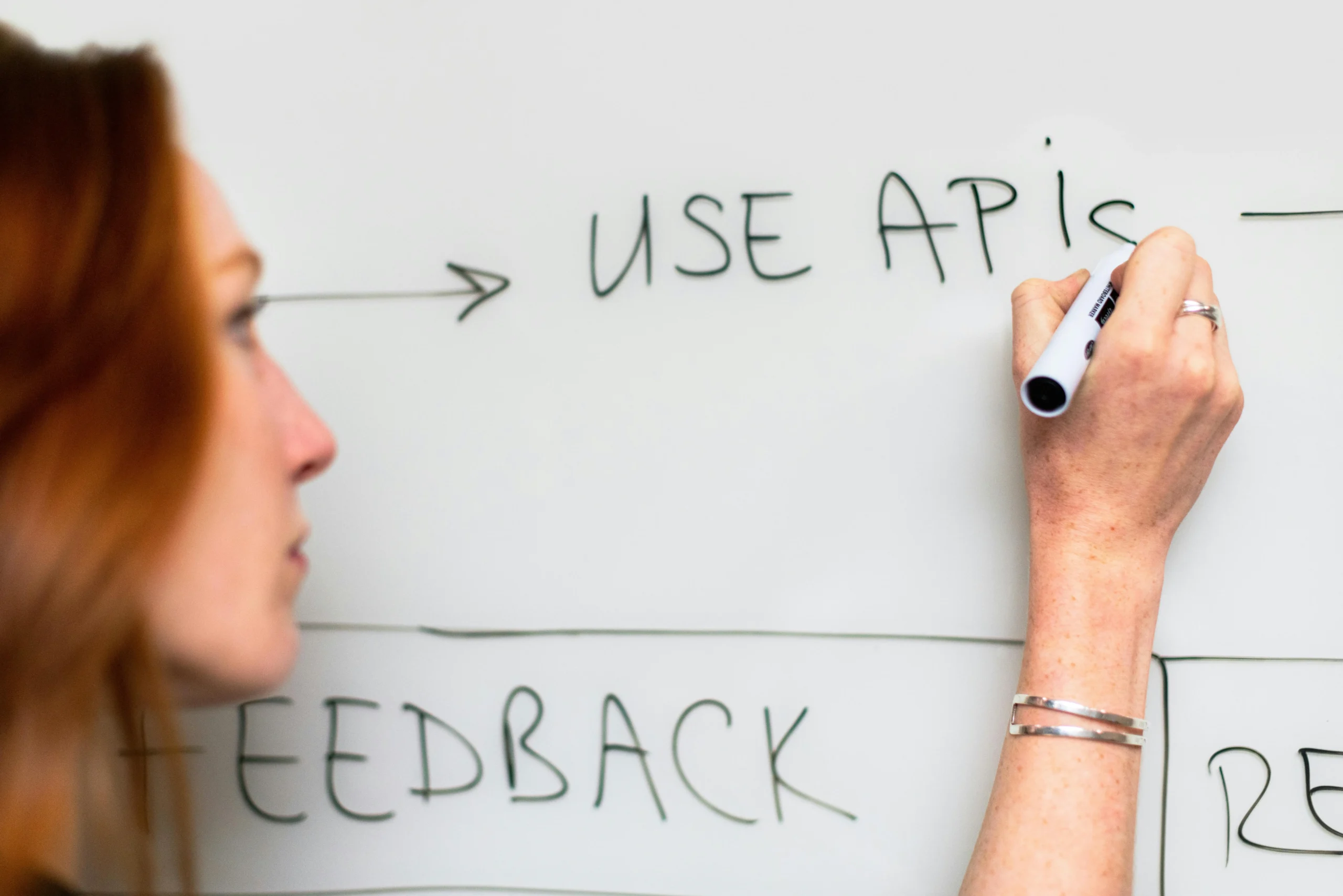The rise of AI technology has ushered in a new era of potential productivity improvements in business contexts, promising faster content creation and more efficient problem-solving. However, the reality is that simply working smarter does not equate to less work or guaranteed financial gains. Many businesses are struggling with an observed phenomenon called ‘productivity leakage,’ where individual efficiency improvements have not translated into significant business value.
A recent Gartner survey highlighted that while AI integration saves individual employees an average of 5.7 hours per week, only 1.7 hours of this time is redirected to value-added tasks. The hesitation of management to fully embrace AI tools may also stem from trust issues or comfort with existing processes. Furthermore, organizations often track productivity metrics inadequately, resulting in missed opportunities for maximizing AI benefits. This situation necessitates a refined approach to measuring productivity beyond merely tracking time saved, aligning it more closely with actual business outcomes and implications.
Moving forward, executives need to rethink the design of their processes to fully harness AI capabilities. Not only should they ensure that productivity tools align with team objectives, but they must also cultivate a culture of education and skill development around AI usage. Defining proper metrics and evaluating business performance based on quality and improvement, rather than just time savings, is essential. If AI saves five hours a week, organizations should focus on how to leverage that time for creativity and innovation, avoiding the pitfalls of simply filling that time with additional tasks.
👉 Pročitaj original: CIO Magazine








